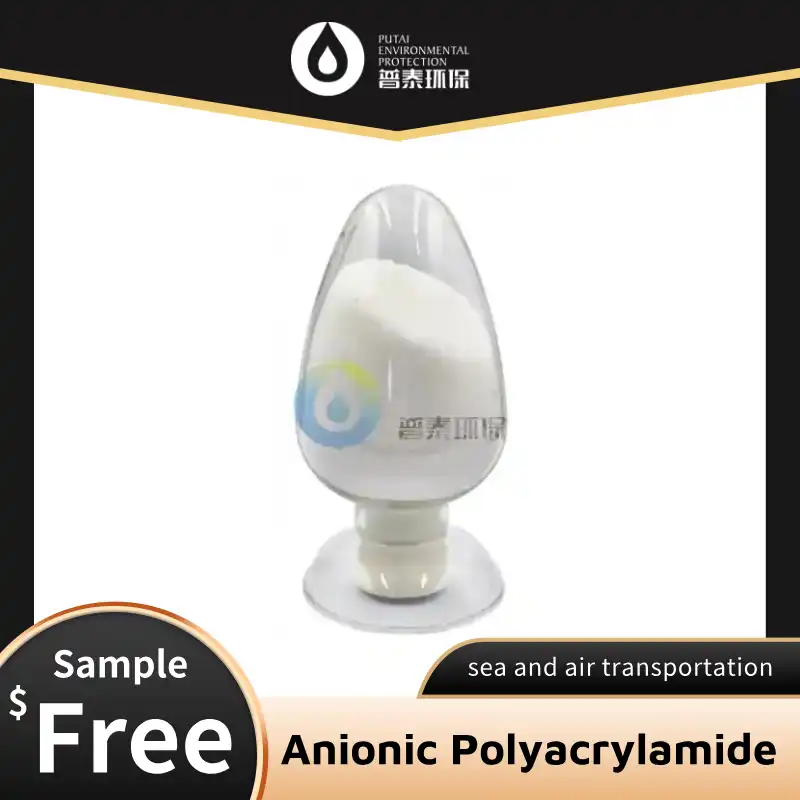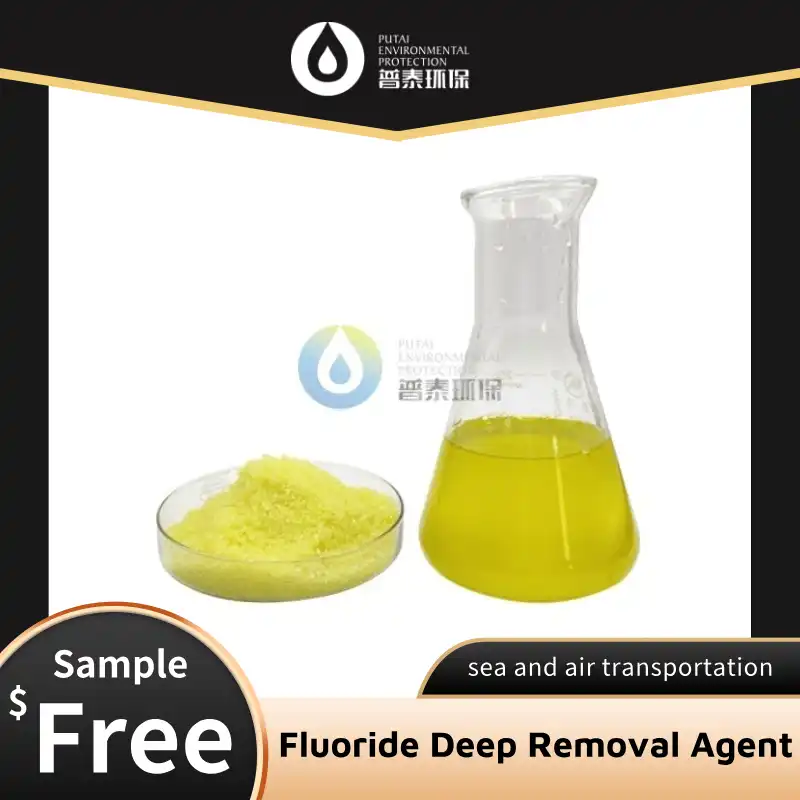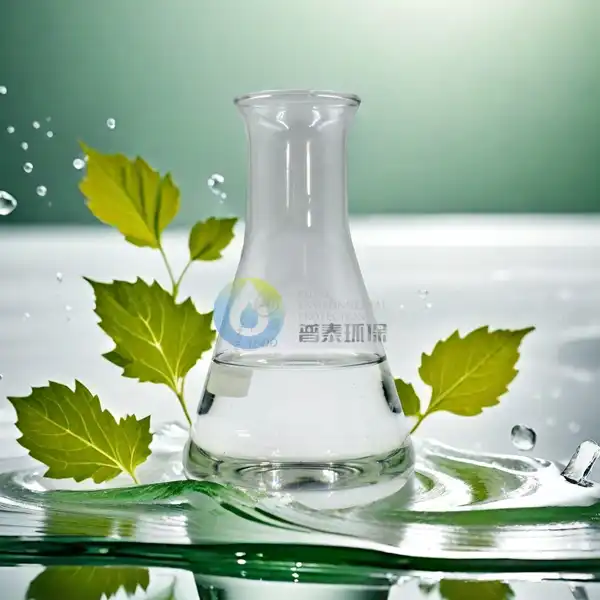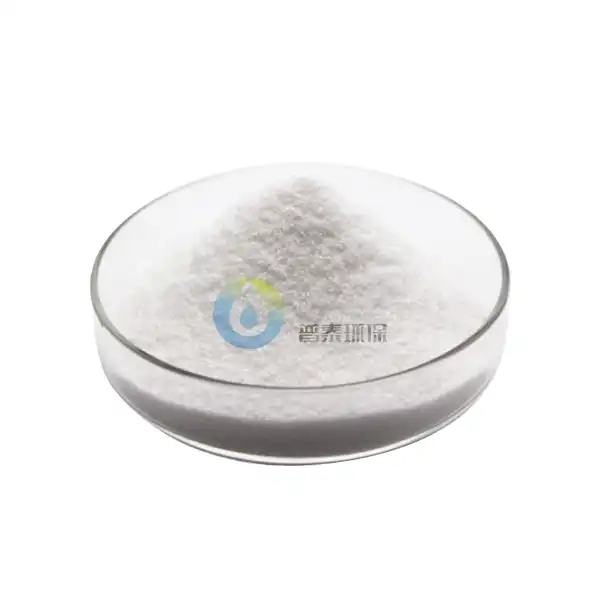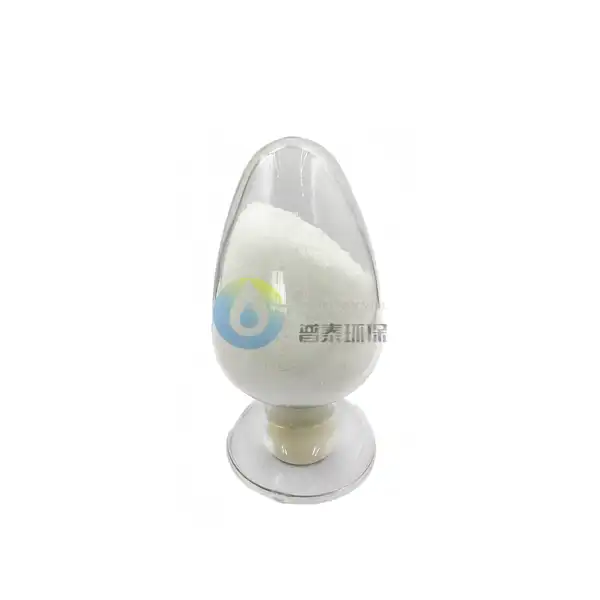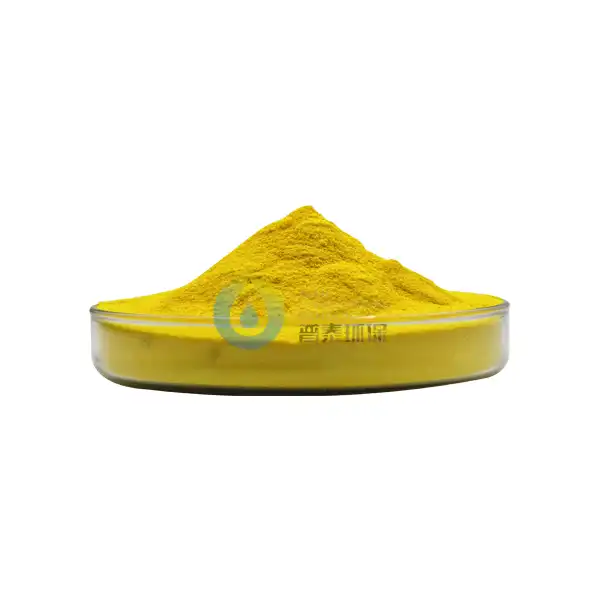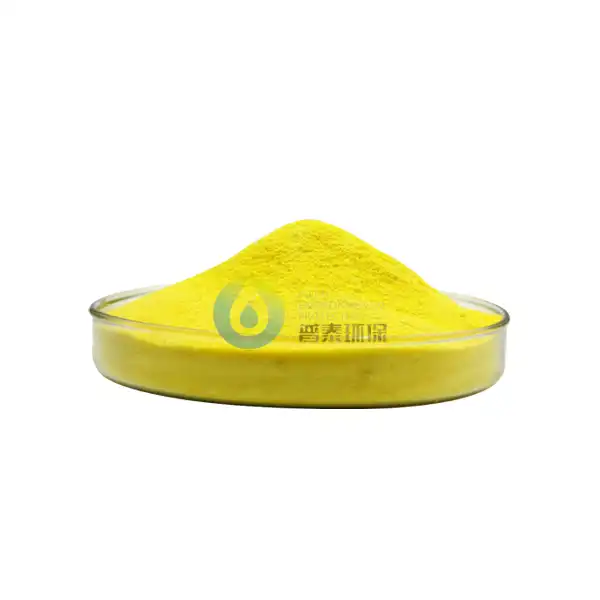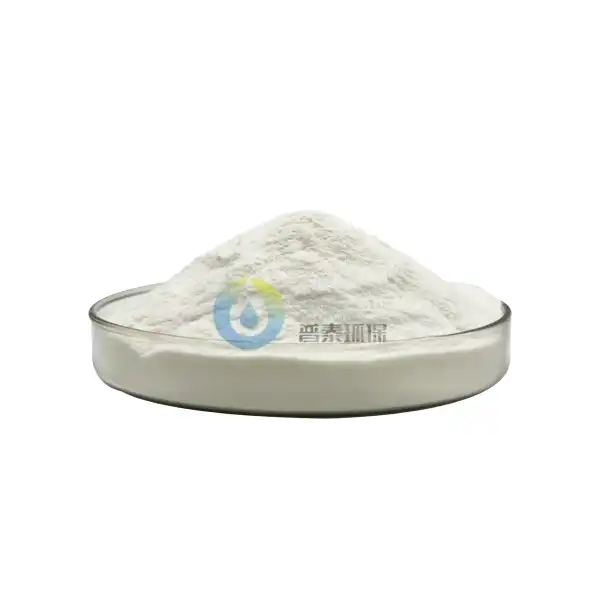Advances in PAC Liquid Production Technology
The water treatment industry has witnessed remarkable progress in recent years, particularly in the production of Poly Aluminium Chloride Liquid (PAC). This essential coagulant plays a crucial role in purifying water for both industrial and residential use. As demand for clean water continues to rise globally, manufacturers are developing innovative technologies to enhance PAC production efficiency and effectiveness. This article explores cutting-edge advancements in PAC liquid production technology, focusing on membrane filtration, nanotechnology applications, and automated dosing systems.
Membrane filtration for higher-purity PAC
One of the most significant breakthroughs in Poly Aluminium Chloride Liquid production is the implementation of advanced membrane filtration techniques. These state-of-the-art systems have revolutionized the purification process, resulting in a higher-quality end product with enhanced coagulation properties.
Ultrafiltration (UF) membranes have emerged as a game-changer in PAC production. These membranes feature pore sizes ranging from 0.1 to 0.01 microns, allowing for the removal of impurities and contaminants that traditional filtration methods may miss. By incorporating UF technology, manufacturers can produce PAC with unprecedented purity levels, leading to improved performance in water treatment applications.
Nanofiltration (NF) is another innovative membrane technology gaining traction in PAC production. NF membranes operate at the molecular level, effectively removing dissolved solids, organic matter, and even some ions from the PAC solution. This results in a more concentrated and potent coagulant, reducing the required dosage and improving overall cost-effectiveness for water treatment facilities.
The integration of membrane filtration technologies in PAC production offers numerous benefits:
- Increased product consistency and stability
- Reduced chemical consumption in water treatment processes
- Minimized environmental impact due to lower residual aluminum levels
- Enhanced removal of turbidity, color, and organic compounds in treated water
As membrane technology continues to evolve, we can expect further improvements in PAC purity and performance, ultimately leading to more efficient and sustainable water treatment solutions.
Nanotechnology applications in next-gen PAC
The integration of nanotechnology in Poly Aluminium Chloride Liquid production represents a quantum leap in coagulant efficiency. By manipulating materials at the nanoscale, researchers and manufacturers are developing PAC formulations with unprecedented performance characteristics.
Nano-engineered PAC particles exhibit a significantly higher surface area-to-volume ratio compared to conventional PAC. This increased surface area translates to enhanced coagulation efficiency, allowing for more effective removal of contaminants from water. The result is a more potent coagulant that requires lower dosages, reducing chemical consumption and minimizing sludge production in water treatment plants.
Another exciting development in nanotechnology-driven PAC production is the creation of "smart" coagulants. These advanced formulations incorporate nanoparticles with specific functionalities, such as:
- pH-responsive nanoparticles that optimize coagulation efficiency across a broader pH range
- Magnetic nanoparticles that facilitate easier separation and recovery of flocs
- Catalytic nanoparticles that enhance the breakdown of organic pollutants during the coagulation process
The amalgamation of nanotechnology and PAC production has led to the development of hybrid coagulants. These innovative products combine the strengths of PAC with other nanomaterials, such as graphene oxide or carbon nanotubes, to create synergistic effects in water treatment. Hybrid coagulants have demonstrated superior performance in removing recalcitrant contaminants, including pharmaceuticals, personal care products, and microplastics.
As nanotechnology continues to advance, we can anticipate the emergence of even more sophisticated PAC formulations. These next-generation coagulants will likely offer improved selectivity, faster flocculation kinetics, and enhanced ability to remove emerging contaminants of concern.
Automated dosing systems with real-time quality control
The advent of Industry 4.0 has ushered in a new era of automation and data-driven decision-making in PAC liquid production. Automated dosing systems equipped with real-time quality control mechanisms are transforming the way Poly Aluminium Chloride Liquid is manufactured and applied in water treatment processes.
These cutting-edge systems leverage a combination of advanced sensors, machine learning algorithms, and robust control systems to optimize PAC production and dosing. Key features of these automated systems include:
- In-line monitoring of PAC concentration, pH, and turbidity
- Real-time adjustments to chemical dosing based on influent water quality
- Predictive maintenance capabilities to minimize downtime and ensure consistent production
- Integration with SCADA systems for comprehensive plant-wide optimization
One of the most significant advantages of automated dosing systems is their ability to maintain precise control over PAC quality throughout the production process. By continuously monitoring key parameters and making real-time adjustments, these systems ensure consistent product quality and optimal coagulation performance.
Machine learning algorithms play a crucial role in enhancing the efficiency of automated PAC production systems. These algorithms analyze vast amounts of historical and real-time data to identify patterns and trends, enabling predictive control strategies. As a result, manufacturers can anticipate changes in raw material quality, environmental conditions, or process variables and proactively adjust production parameters to maintain optimal PAC quality.
The integration of automated dosing systems with advanced analytics tools allows for comprehensive performance monitoring and optimization. Water treatment plant operators can access detailed insights into PAC consumption, treatment efficiency, and cost-effectiveness, enabling data-driven decision-making and continuous process improvement.
As automation technologies continue to evolve, we can expect to see even more sophisticated PAC production systems. Future developments may include:
- Artificial intelligence-driven optimization of PAC formulations based on specific water quality challenges
- Integration with blockchain technology for enhanced traceability and quality assurance
- Remote monitoring and control capabilities for distributed PAC production facilities
These advancements in automated dosing systems not only improve the quality and consistency of PAC production but also contribute to more efficient and sustainable water treatment practices.
Conclusion
The rapid advancements in PAC liquid production technology are paving the way for more efficient, cost-effective, and environmentally friendly water treatment solutions. From membrane filtration and nanotechnology applications to automated dosing systems, these innovations are revolutionizing the way we produce and utilize Poly Aluminium Chloride Liquid in water purification processes.
As we look to the future, it's clear that continued research and development in PAC production will play a vital role in addressing global water challenges. By embracing these cutting-edge technologies, water treatment professionals can ensure access to clean, safe water for communities around the world.
For those seeking high-quality PAC and expert guidance on implementing these advanced technologies, Xi'an Putai Environmental Protection Co., Ltd. stands ready to assist. With over 27 years of experience in the production, sales, and R&D of water treatment chemicals, Putai is at the forefront of innovation in the industry. As a major producer and integrated service supplier of coagulants in northwest China, Putai is committed to creating industry benchmarks in resource recycling and environmental protection.
To learn more about how Putai's advanced PAC solutions can benefit your water treatment operations, please contact our team of experts at sales@ywputai.com. Together, we can work towards a cleaner, more sustainable future for water treatment.
References
1. Zhang, L., et al. (2021). "Recent advances in membrane technology for poly aluminum chloride production: A comprehensive review." Journal of Water Process Engineering, 40, 101890.
2. Wang, Y., et al. (2020). "Nanotechnology-enhanced poly aluminum chloride coagulants: Synthesis, characterization, and application in water treatment." Chemical Engineering Journal, 382, 122952.
3. Liu, H., et al. (2019). "Smart dosing systems for poly aluminum chloride in water treatment: A review of recent developments and future prospects." Water Research, 157, 78-94.
4. Chen, J., et al. (2018). "Advances in automated quality control and real-time monitoring for poly aluminum chloride production." Environmental Technology & Innovation, 12, 23-35.

